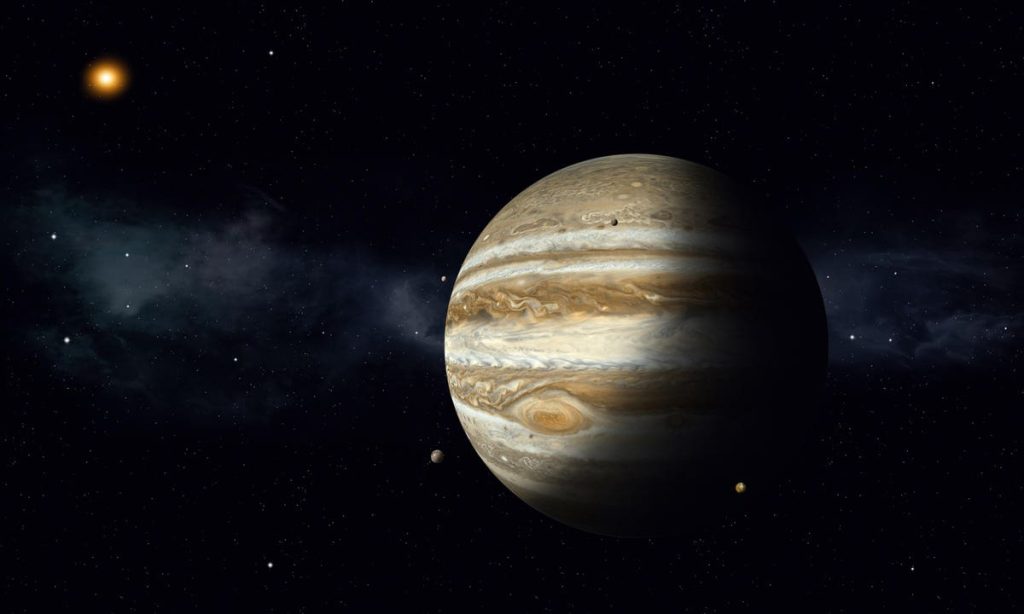You’ve probably heard of a concept called the “law of attraction” that’s popular in wellness circles. In astrophysics there’s a similar concept called gravity displayed recently when something pretty sizable crashed into Jupiter, creating a flash that was seen by telescopes on Earth.
The apparent impact was picked up by a Japan-based network of telescopes called the Organized Autotelescopes for Serendipitous Event Survey (OASES) project and Planetary Observation Camera for Optical Transient Surveys (PONCOTS).
After learning of the impact, an independent amateur astronomer in Japan later posted footage to Twitter / X of their own that was captured on a continuous recording of the surface of the gas giant planet, Space.com reported.
It will be difficult to ever now for sure what caused the explosive flash, but a large asteroid or a comet are likely culprits. Massive Jupiter exerts a strong gravitational pull on everything in the outer solar system, so any big space rock that gets too close will inevitably be pulled towards its ultimate demise in the planet’s outer atmosphere.
OASES/PONCOTS reported that the flash was recorded around 1:48 a.m. Japan Time on Aug. 29.
Another observation posted to a Chinese video sharing site appears to a show the same flash on Jupiter’s surface captured by an amateur astronomer in Henan province.
When you’re as big as Jupiter, you experience the law of attraction, AKA gravity, a little more frequently than other worlds. In fact, it was just about two years ago that a similar explosive flash was recorded around Jupiter’s mid-section.
Another such impact was detected earlier in 2021 and in 2019. There’s plenty more before those, too, including the famous 1994 collision between comet Shoemaker-Levy and Jupiter. Spoiler: Jupiter won that game of cosmic chicken going away.
The only heavenly body in our corner of the cosmos that seems to get smacked by debris more often is the sun, which quite literally uses the law of attraction to move heavens and earth, or everything in our solar system at least.
Just about everything in our solar system has been captured by the sun’s gravity, which also has a heavy hand in ordering the movements of all those objects. Most comets are thought to originate from the far side of the solar system in a frozen zone called the Oort Cloud. They are drawn to the inner solar system by the pull of the sun, and a fair amount don’t survive the trip, eventually crashing into the sun or disintegrating on approach.
That is, if they don’t crash into Jupiter first.
Read the full article here










